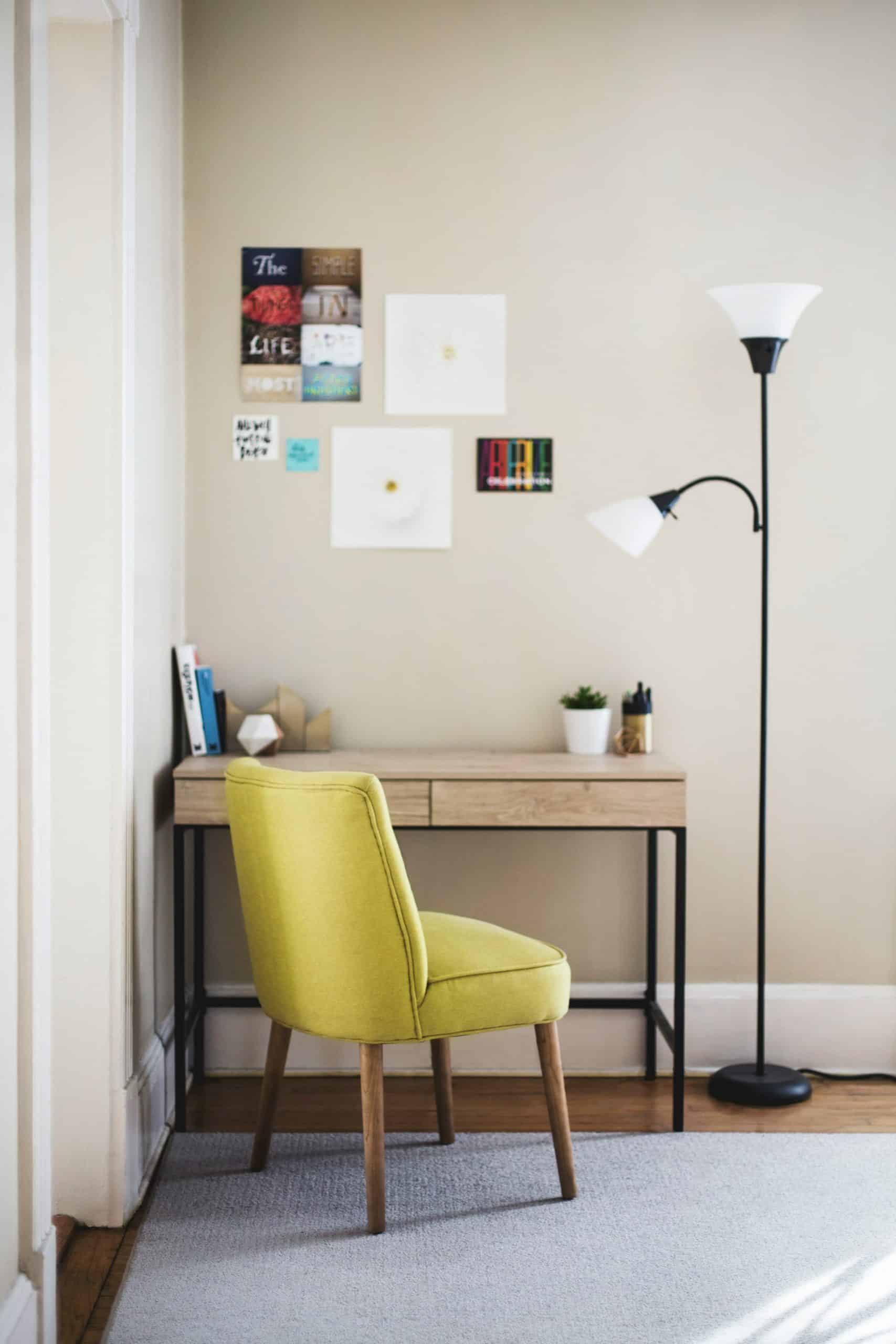How to Design a Barrier-Free Shower for Elderly Household Members?

Designing a bathroom with an accessible shower is no longer just a consideration for the few. As your household members grow older, it becomes important to remodel your bath space with the principles of accessibility and safety in mind. After all, everyone loves an invigorating shower that offers more than just the basic functionality. But how exactly can you make your shower accessible yet stylish? Let’s delve into this with a few key design aspects.
Planning the Right Shower Design
Before you delve into the actual remodeling process, it’s important to plan out your design. A barrier-free shower, also known as a walk-in or roll-in shower, is characterized by its absence of a curb or step to separate the shower from the rest of the bathroom. This design can significantly enhance the mobility for elderly members in your household, making it easy for them to walk in and out without the risk of tripping.
This might interest you : How Can You Create a Dual-Purpose Room for Guest Stays and Everyday Living?
Start by assessing the current space in your bathroom. Does it allow for a barrier-free design or will you need to expand? Keep in mind that a typical barrier-free shower will require a larger space than conventional showers. This is to ensure there is enough room for movement, especially if a wheelchair or walker is needed.
Additionally, consider the position of the shower in relation to other bathroom fixtures. You will want to ensure there is enough room to maneuver around, even when the shower door (if applicable) is open.
Also to discover : How to optimize the use of raised beds?
Choosing Accessibility Features
Once the initial planning is done, you can start considering the essential accessibility features. Key among these are safety bars or grab bars. These offer support when entering and exiting the shower and can also be useful within the shower itself. They should be positioned at a height that is comfortable and easily reachable for the user.
Another key feature to consider is the shower floor. Opt for non-slip materials to minimize the risk of slips and falls. Tiles with a matte finish or textured surface are ideal. The floor should also have a gentle slope towards the drain to allow water to flow freely.
As for the shower control, consider installing a thermostatic mixer. This will prevent sudden changes in water temperature, which could otherwise lead to burns. If possible, position the controls and showerhead such that they are reachable from outside the shower area to get the water running before stepping in.
Selecting the Right Drain System
Drainage is a key aspect of a barrier-free shower design. Since there’s no threshold to keep the water contained, it’s important to ensure the water drains quickly and efficiently to avoid pooling on the bathroom floor.
A linear drain is typically the most suitable choice for a barrier-free shower. Positioned alongside one wall of the shower, it captures and directs water towards one end, allowing for a single slope in the shower floor. This makes it easier for those with mobility issues to navigate within the shower.
Moreover, because linear drains can handle a higher volume of water than traditional center drains, they are less likely to overflow. This can be particularly useful in a barrier-free design, where water has the potential to spread beyond the shower area.
Incorporating Suitable Lighting
Great lighting is crucial in a bathroom, particularly in a barrier-free shower. It helps prevent accidents by offering clear visibility of the floor, especially where there are no barriers to separate wet and dry areas.
For the best results, you’ll want to incorporate both task and ambient lighting. Task lighting will illuminate the shower area and make it easier for the elderly to see the controls, grab bars, and other features. Ambient lighting, on the other hand, will help to create a warm and inviting atmosphere in the rest of the bathroom.
One great option to consider is recessed lighting. This type of lighting is installed into the ceiling and provides a great deal of light without taking up any valuable space. It can be particularly useful in the shower area itself, where every inch counts.
Ensuring Wall and Floor Transitions
In a barrier-free shower design, transitions between the shower area and the rest of the bathroom are particularly important. The shower area should blend seamlessly with the rest of the bathroom, both for aesthetic and practical reasons.
For walls, consider using waterproof materials such as vitrified tiles, porcelain, or glass. These materials not only withstand water but also resist the growth of mold and mildew, ensuring a clean and hygienic bathroom.
As for the floor, continuity is key. As mentioned earlier, the shower floor should gently slope towards the drain. Outside the shower area, the bathroom floor should be level, to prevent water accumulation and allow for easy movement. Again, choose non-slip materials for safety.
As you can see, designing a barrier-free shower involves careful planning and consideration. However, with the right approach, it’s entirely possible to create a bathroom that is not only safe and accessible for your elderly household members but also stylish and appealing for everyone else.
Installing Convenient Shower Accessories
When designing a barrier-free shower, don’t overlook the importance of convenient accessories. These should enhance the usability and safety of the shower, providing a comfortable experience for individuals with mobility challenges.
A handheld showerhead is a must-have in an accessible shower. This feature allows the user to control the direction of the water flow, reaching every part of their body without struggling to adjust their position. It can be particularly useful for those in wheelchairs or those who prefer a seated shower experience.
Shower seats are also a valuable addition to any barrier-free shower. These provide the option to sit during a shower, reducing the risk of slips and falls. Foldable seats can be particularly useful, as they can be tucked away when not in use, freeing up valuable space within the shower stall.
Storage niches installed at a reachable height can also be valuable. These can hold soaps, shampoos, and other essentials within arm’s reach, eliminating the need to bend or stretch, which can pose a risk for the elderly.
Lastly, consider installing a water-resistant phone in the shower area. In case of an emergency, this can provide a quick and easy way to call for help.
Developing a Maintenance Routine
Once your barrier-free shower is ready, it’s important to develop a regular maintenance routine. Regular cleaning can prevent the build-up of soap scum, mold, and mildew, which can make surfaces slippery and pose a health risk.
Additionally, regularly check all features and fixtures in the shower for any signs of wear or damage. This includes the grab bars, shower seat, and handheld showerhead. Any damaged items should be replaced promptly to ensure the shower remains safe and functional.
Ensuring good ventilation is also vital. A well-ventilated bathroom can prevent the build-up of moisture, which can lead to mold and mildew growth. Consider installing an exhaust fan if your bathroom doesn’t already have one.
Conclusion: Aging in Place with a Barrier-Free Shower
Designing a barrier-free shower can significantly improve the quality of life for elderly household members, allowing them to maintain their independence and age in place comfortably. With the right planning and design, barrier-free showers can be safe, stylish, and functional.
Remember, the key to a successful barrier-free shower design lies in considering the end user’s needs and preferences. Keep in mind the principles of universal design, ensuring the bathroom is not only accessible but also user-friendly for all.
Whether you are planning a bathroom remodel for a loved one or for your future self, a barrier-free shower is a worthwhile investment. Not only does it enhance safety and accessibility, but it also adds value to your home, making it a smart choice for homeowners looking to future-proof their property.
The road to creating an accessible bathroom might seem daunting at first, but with careful planning, the right advice, and a clear vision, you can successfully design a barrier-free shower that meets all your needs and exceeds your expectations. The rewards of a well-designed, accessible shower far outweigh the challenges, making every effort worthwhile.
